There is something about crocodiles and their relatives that fascinates many people. Perhaps it’s the 85 million year history of this family of creatures. Or maybe when we look into their eyes, it is the realization that they may be looking back at us as a potential meal that gets our attention. If you are in the Myrtle Beach (South Carolina) area a trip to Alligator Adventure may be a great way to spend part of a day. The facility has a wide range of crocodilia from all over the globe, including rare albino alligators. (Note: I pushed my Nikon 1 V2 to f/7.1, 1/20, ISO-6400 to capture the image below).
NOTE: Click on images to enlarge.
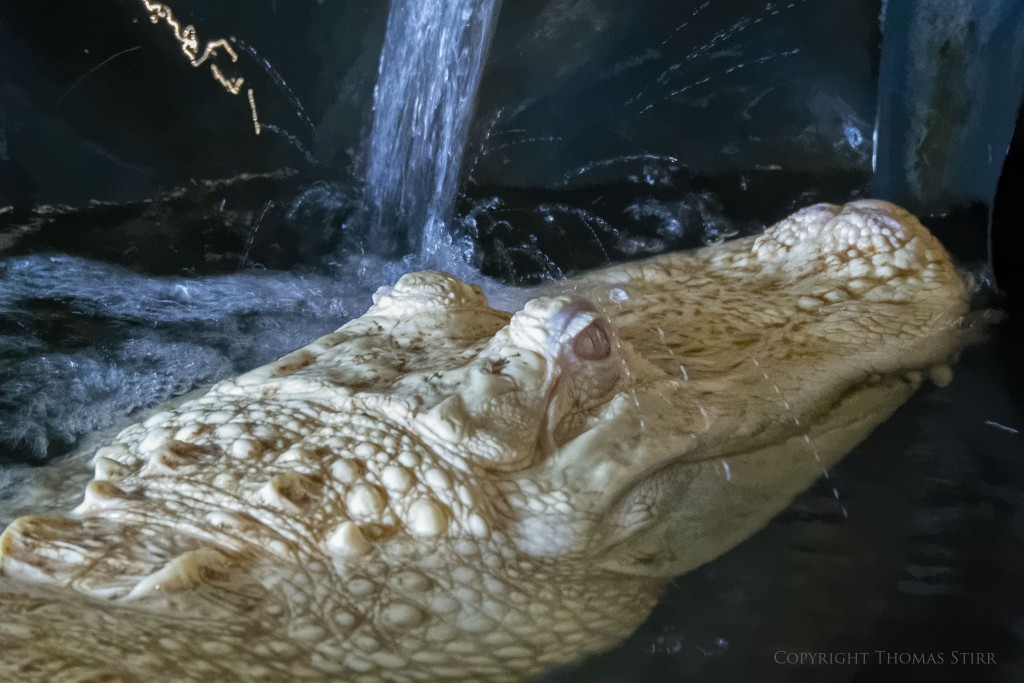
While the various crocodiles, alligators and caiman are the star attractions and the subject of formal information presentations, there is a good selection of other reptiles and birds to view.
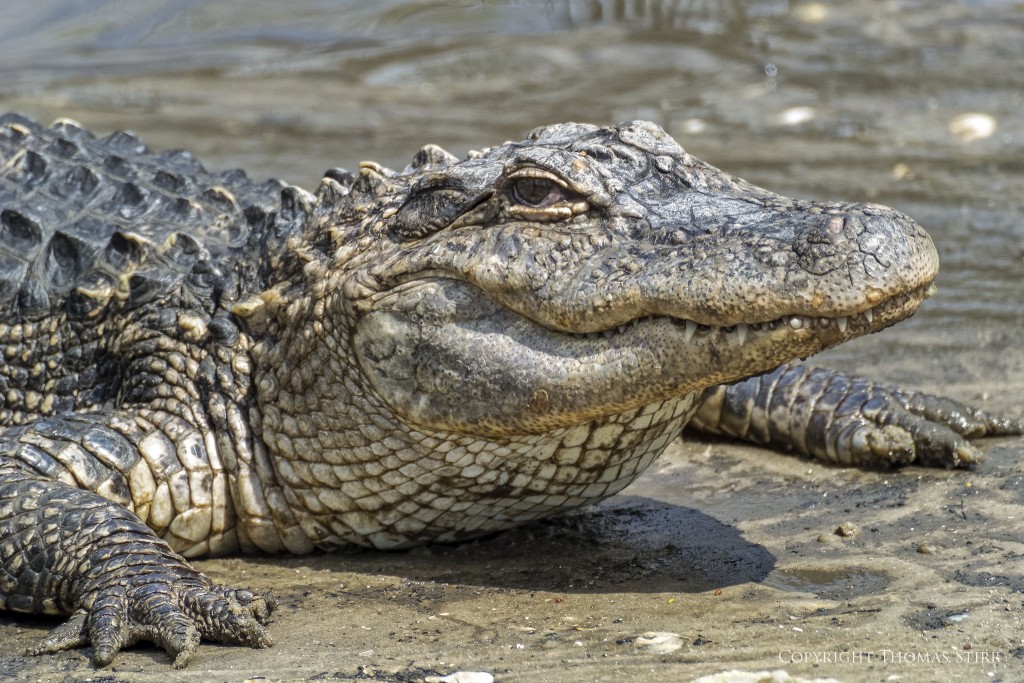
There is a large population of American alligators which are kept in a series of canals that run throughout the grounds. The more exotic species of crocodilia, like caiman from South America, are kept in individual pens.
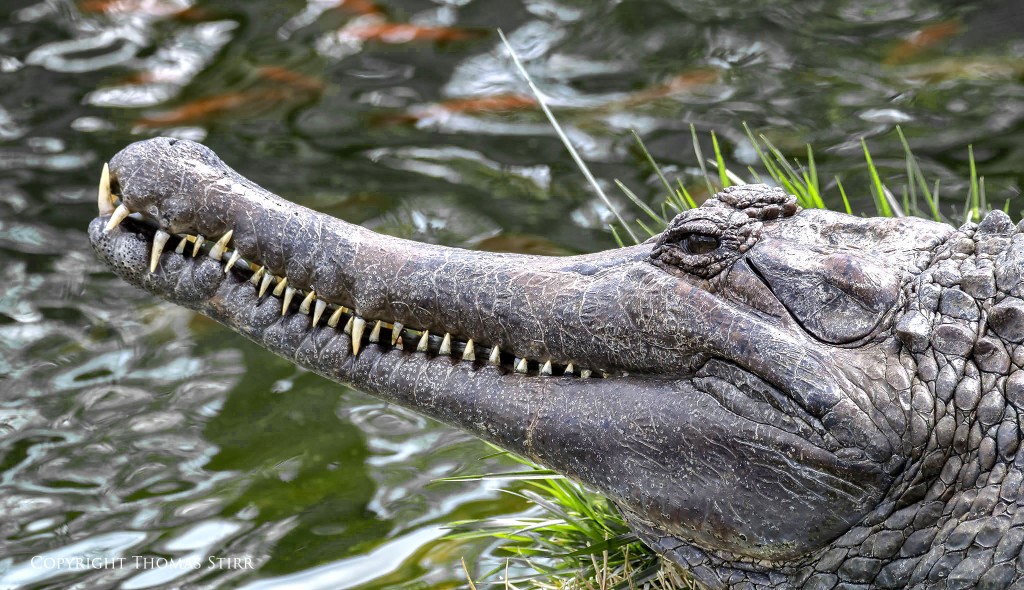
The false gharial is a freshwater crocodilian with a thin, elongated snout. I found the details of its pigmentation quite striking.
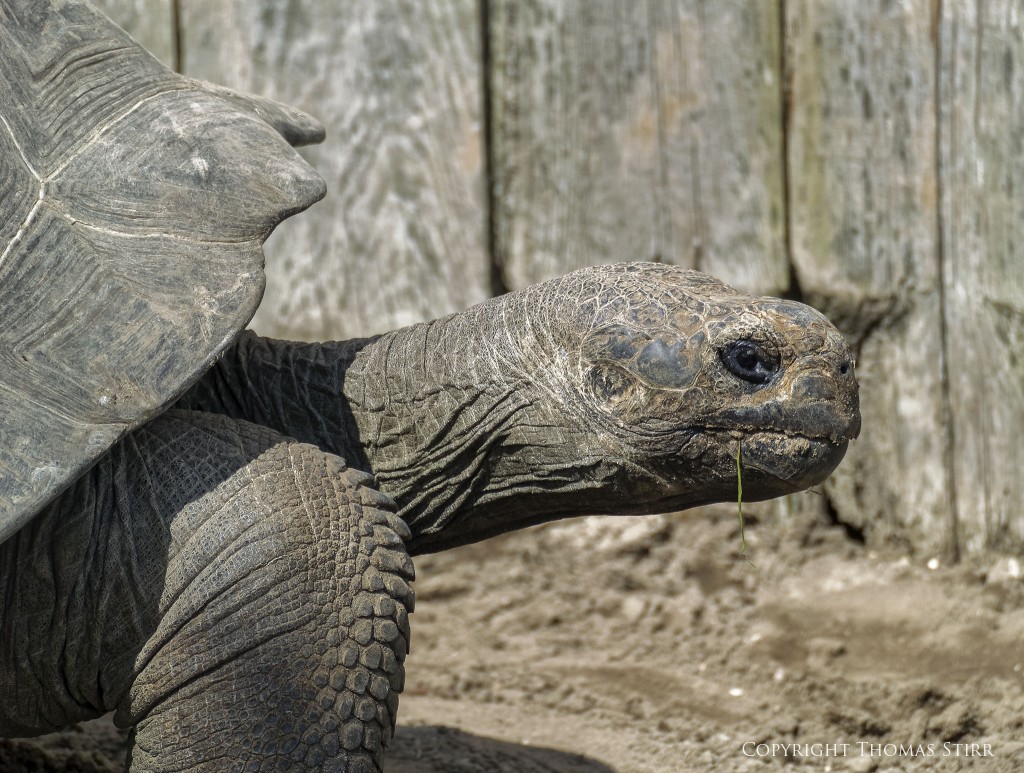
You can also view various turtles, and tortoise with their slow, lumbering gait.
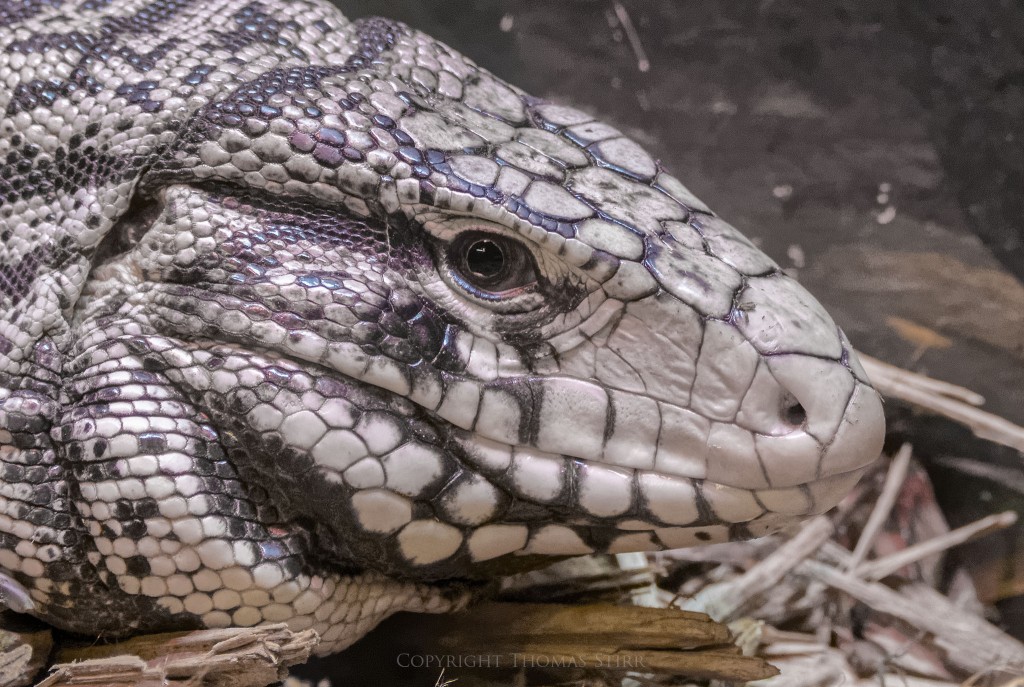
Various snakes, lizards and amphibians are displayed in a separate, heated building. It’s a great place to practice your low light, hand-holding technique, capturing images of legless lizards and other species.
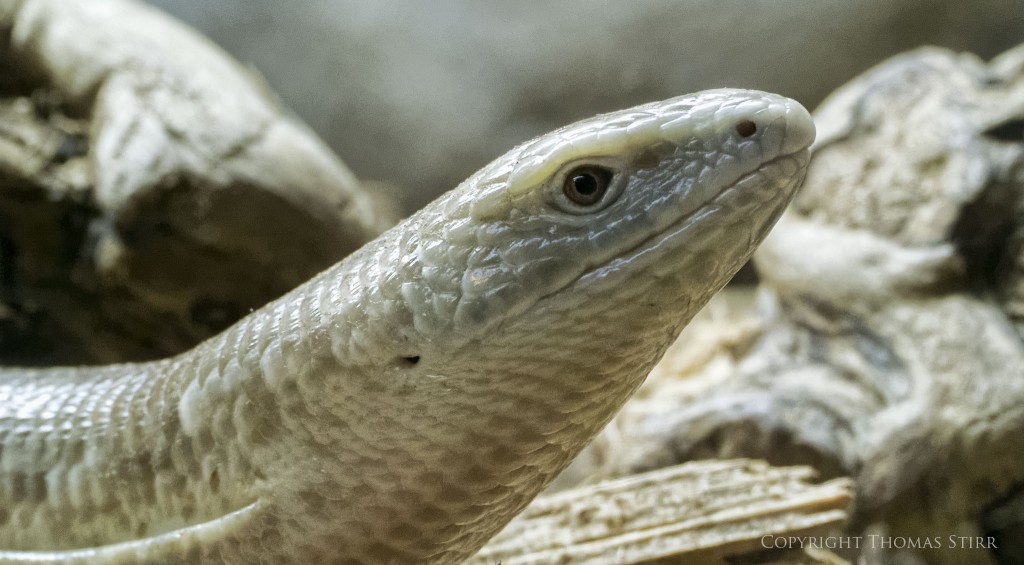
One of the darker, outdoor enclosures housed a group of Red Ruffed Lemur. This one woke up from its nap and stared at me wide-eyed.
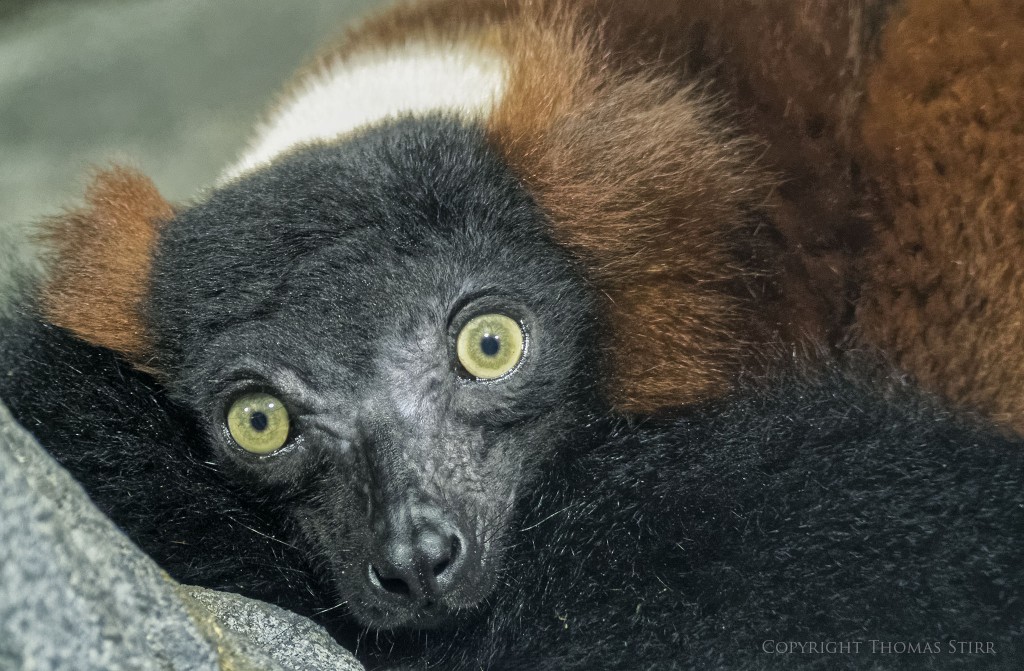
I watched a small flock of flamingos for a while, taking some typical images. As one of the birds turned at 90-degrees to me the feathers on its flank struck me as a beautiful abstract image.
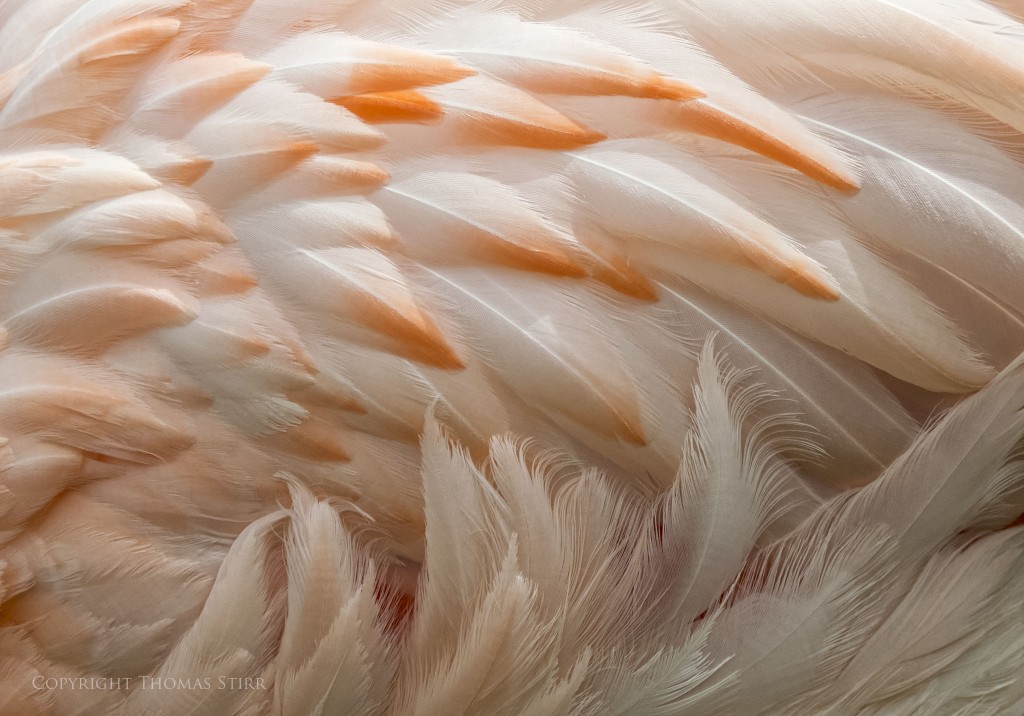
There is a small group of Sarus Crane in one of the outdoor enclosures. We were treated to a series of their loud, shrill calls. These birds are quite large and their beaks certainly look like they could do some damage if they were provoked.
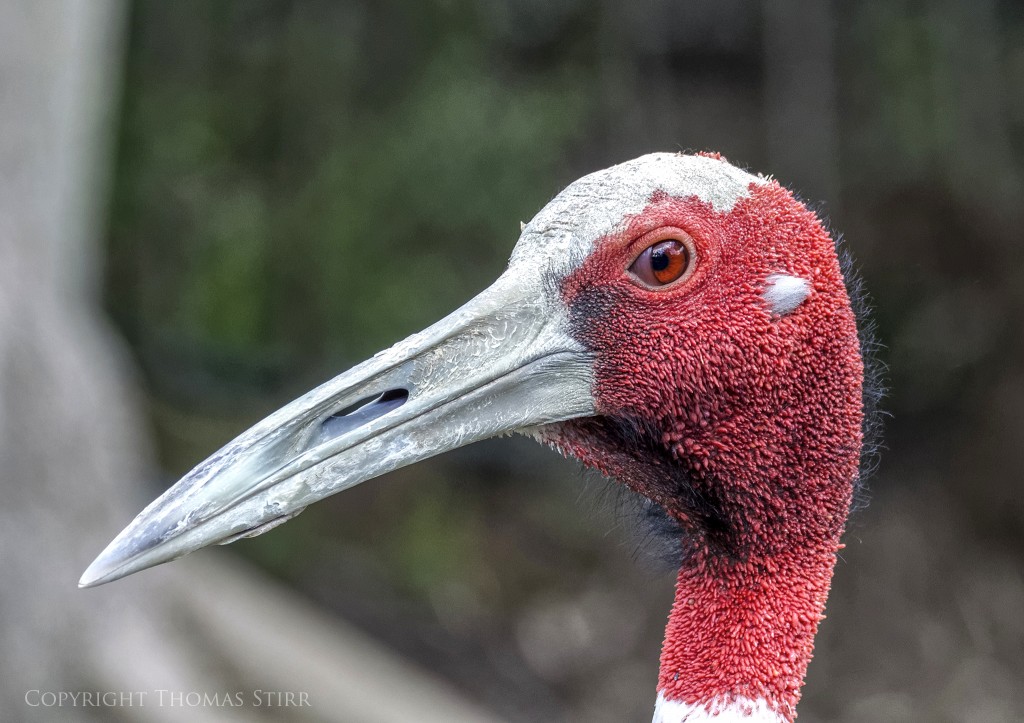
I’m not sure of the species, but I spotted this bird on the duck pond basking in the sun, head tilted back with its eyes closed. An image of pure contentment.

I captured all of the images in this article hand-held with my Nikon 1 V2 and Nikon 1 CX 70-300 f/4.5-5.6 VR lens. The more I use this lens the more I love its ability to capture fine details and render pleasing colours.
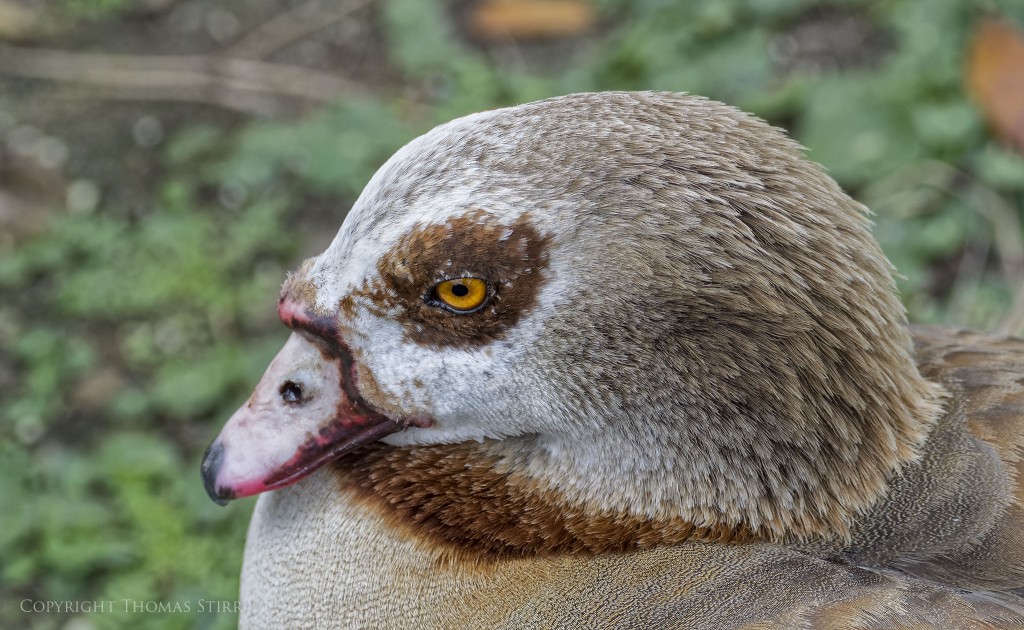
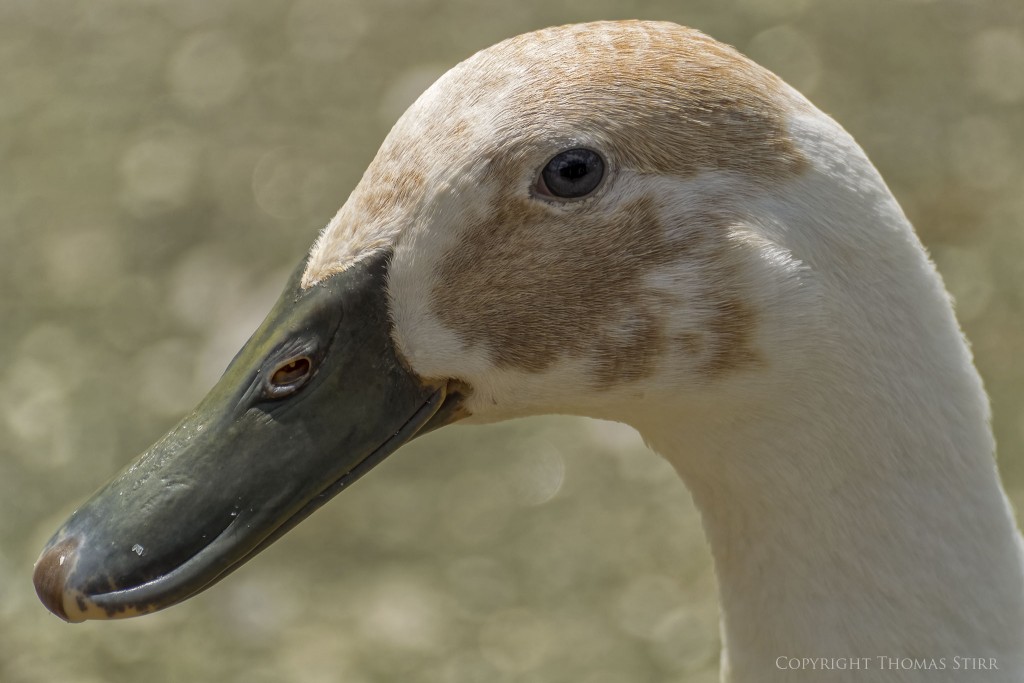
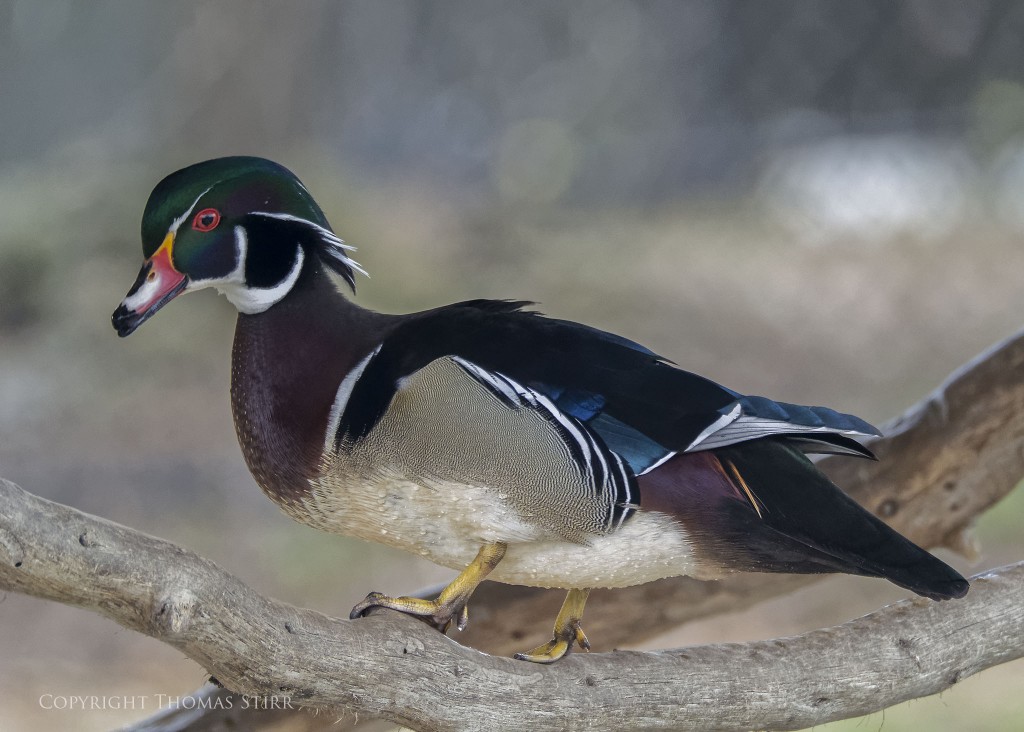
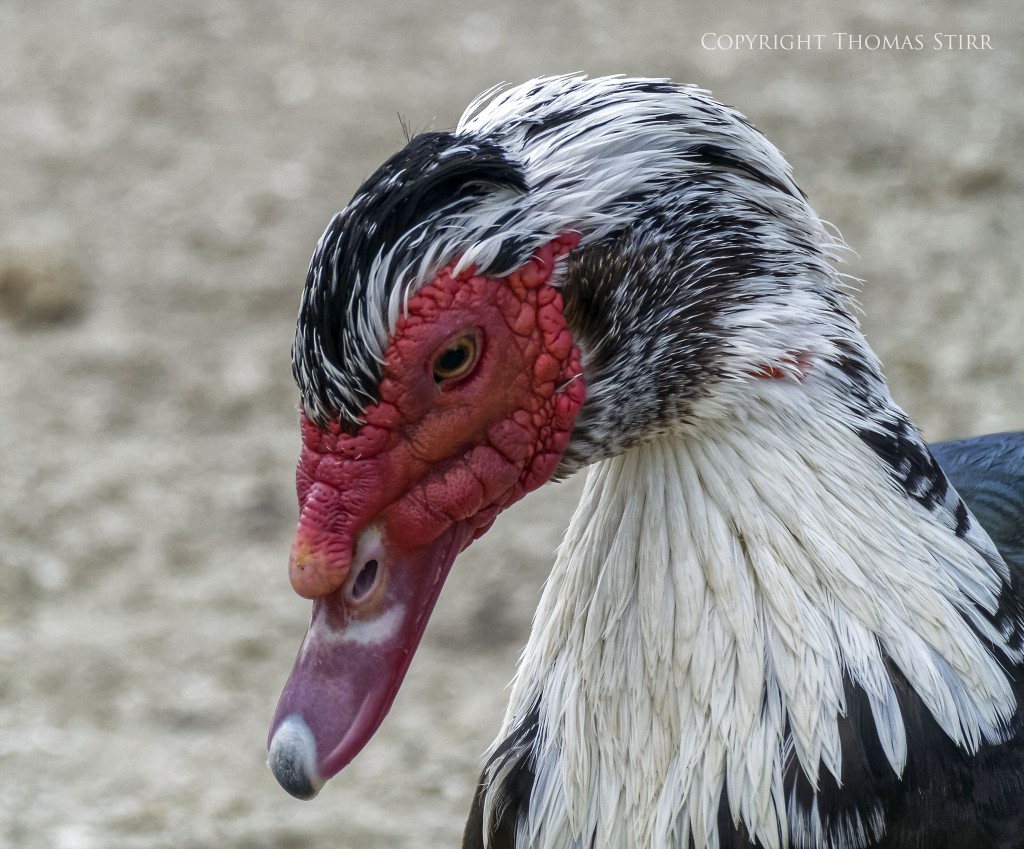
As we were leaving the duck pond area and heading out, I noticed a small movement in one of the cement planters and came upon this duck nesting among the flowers. It seemed to be the perfect way to end our visit at Alligator Adventure.
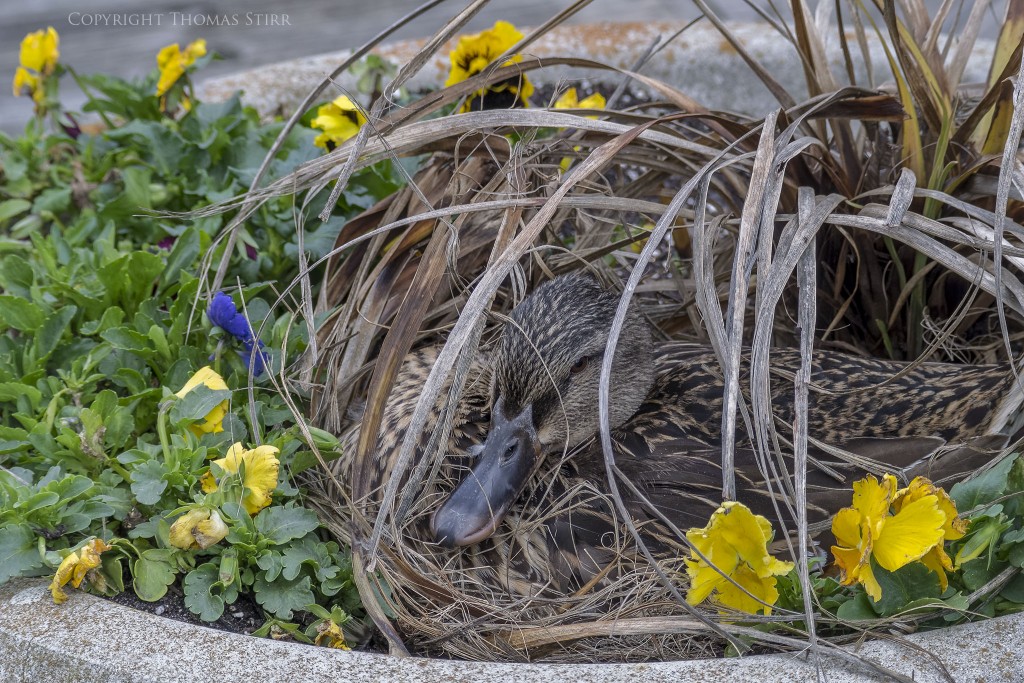
Technical Note: All images were captured hand-held using a Nikon 1 V2 and a Nikon 1 CX 70-300 f/4.5-5.6 VR lens. RAW files were processed through DxO OpticsPro 10. A DNG file was then exported into CS6 and Nik Suite for additional adjustments as required.
My intent is to keep this photography blog advertising free. If you enjoyed this article and/or my website and would like to make a modest $10 donation through PayPal to support my work it would be most appreciated. You can use the Donate button below. Larger donations can be made to tom@tomstirr.com through PayPal.
Article, all images and YouTube video are all Copyright Thomas Stirr. All rights reserved. No use, duplication or adaptation of any kind is allowed without written permission.


Great article Tom! All of the photos are sharp and beautiful. I really love the flamingo feathers image. Thanks for giving us even more reasons to visit Myrtle Beach.
Glad you enjoyed them Ray!
Again, amazing work with a 1″ sensor. Never thought it would be possible. You should be a Nikon Ambassador!
Thanks for your positive comment Michael, much appreciated!
Great shots Tom! I just love the spots you find. The v2 and 70-300 just continue to impress.
Glad you liked them Mike! The more I shoot with the CX 70-300 the more I feel this is a ‘must have’ lens for Nikon 1 shooters if they have the budget.
Tom